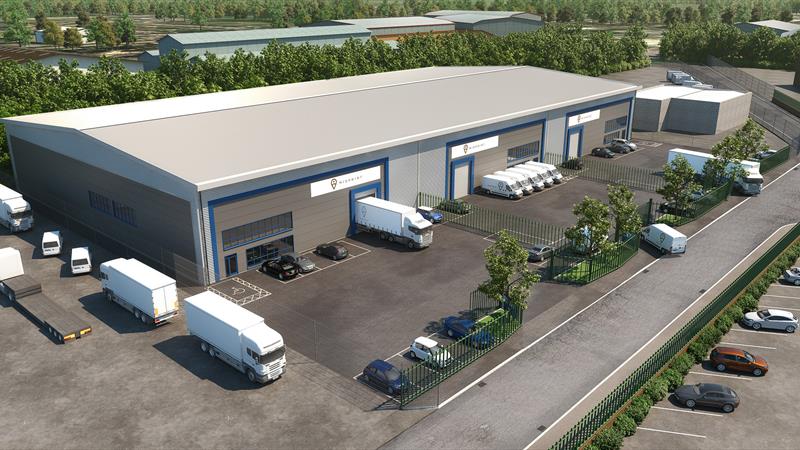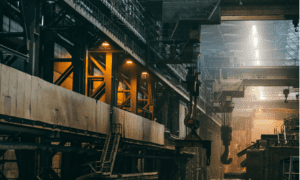People often think of industrial buildings as smokestacks and steel buildings which can now be found all over the globe. The reality is that the term “industrial property” is actually a bit broader and encompasses a variety of other business-related activities. In fact, one might even view industrial companies as providing much of the technology and equipment that has made today’s world run more efficiently than ever before.
Keeping this in mind, it shouldn’t be too surprising to consider how much growth has occurred over the past 50 years alone that we have leaped forward scientifically. Not all industrial businesses are space hogs that don’t add any character to the surrounding neighborhood.
If you can imagine every item in your house, your office, and major retailers that would like to see you return has either been produced or is stored in an industrial building at some point. This makes it quite clear just how influential industrial businesses are in our everyday lives.
For a more detailed discussion, here are some features you need to know:
Classifications
When investing in commercial property, regardless of whether it’s an industrial or retail space, or if the location is for a data center or parking lot, for example, it’s vital to understand which class is the most sustainable option for your needs. Properties are classified based on their quality.
Class A properties are known to be the best apartments that promise the best amenities and which are new, in great condition, and in a prime location. It also attracts high-quality tenants. Class B properties are typically a bit older or are in need of some renovation, and are typically located in secondary markets.
Class B properties have fewer amenities than Class A but they also tend to be leased by fewer quality tenants.
Finally, Class C properties are the lowest graded when it comes to location, condition, and features and they are therefore the best candidates for a renovation or redevelopment activity due to this rating.
Lease
The majority of industrial property leases are net leases. Net leases generally include tenants paying for insurance, utilities, maintenance, and repairs on behalf of the property owners. This is typically beneficial because it relieves a great deal of pressure off property owners who will likely be more focused on their business than the property in question.
In turn, this means that most industrial properties do not require a lot of upkeep because tenants will tend to deal with problems – such as maintenance issues – in a timely manner as they arise.
Investment Opportunities
Investing in industrial property is a great business. Some of the benefits include increased income potential that comes with rental properties. A unique/interesting aspect about investing in industrial property, for example, is its higher projected yield compared to residential homes and apartments, which are practically always a popular option when it comes down to investment opportunities.
On top of a higher projected yield, an industrial property also tends to be worth more as a whole if one is expecting a larger return on their money, taking into account the amount of space available per unit.
Demand
Industrial real estate is like the piggy bank of investors. Every year, there’s more and more of it being built as more companies need warehouses to store their materials as they expand their operations. But with rising unemployment in countries like China (due to robots replacing people) industrial real-estate starts becoming less attractive than office spaces where wages are still relatively lower due to minimum wage laws.
However, online shopping is contributing to the demand for industrial properties. Thanks to the likes of Amazon and other major e-retailers, people are now able to get their products shipped directly to them in some metropolitan areas within a matter of hours. This is only possible because of massive warehouses located in various areas, which could easily help bolster businesses involved in e-commerce distribution.
Key Takeaway
Industrial real estate – traditionally defined broadly as any/all land and buildings which accommodate industrial activities including production, manufacturing, assembly, warehousing, research, storage, and distribution – is regulated on a city-by-city basis by a zoning ordinance. This dictates the uses of all land in a given area based on its physical attributes, existing real estate infrastructure/traffic flow concerns, ancillary economic factors, and other factors that may affect demand for permitting developers to gain access to construction loans.
These regulations vary quite widely from country to country but the most common limitations include height restrictions (in the case of rooftops) or restricting residential use directly above grade in order to cut down on light pollution & ensure uninterrupted industrial operations. Technical as it is, industrial properties continue to thrive in modern times and shape the landscape of both business and finance.



































